A Full City Block MIXED REALITY PROJECT
The City of Port Moody sought to establish a lasting tribute to its cherished heritage site, the IOCO Refinery. Opting for Mixed Reality as the medium for this public art project, the social center of the site has been meticulously reconstructed. The online representation transports visitors back to the 1930s, featuring animated ghosts that narrate a collective tale woven from reference photos and resident stories curated by the Port Moody Heritage Society.
Screen shot of the augmented reality IOCO Clubhouse and bowling green on location. The experience enables the viewer to walk around the virtual version of the bowling green circa 1930s.
Greeting you at the site is a life-sized aluminum wrapped image of the resident IOCO Heritage Site Guide. She holds a sign with the key to the mixed reality (MR) experience in the form of a simple 3 step process. Our guide is the first of five resident ghosts you will meet upon scanning the QR Code.
Screen shot of live on-site intro to IOCO Heritage site featuring two of the five characters featured in AR experience. the guide and soldier.
3D visualization of the proposed entry sign and AR activation point at the entrance to the lawn bowling green.
UI/UX
Icons were created for the entry point sign to visually communicate the gestures required to access the experiences within the entry screen on mobile devices. A simple user interface (UI) is essential to maintaining a smooth user experience (UX) in AR.
Icons were created for the entry point sign to visually communicate the gestures required to access the experiences within the entry screen on mobile devices. A simple user interface (UI) is essential to maintaining a smooth user experience (UX) in AR.
The website is designed to accommodate both iOS and Android devices through simple controls, with all interactions being provided through browser-based WebXR. Independent experiences are available separate from the full IOCO Heritage Site, with access to table-top versions of the Clubhouse and bowling green model as well as interactions with the resident ghosts.
The site also exists as a gateway to the Museum and further study.
BRANDING
Logo creation and branding for website, QR codes, wayfinding signage and social media marketing. The logo development stemmed from the silhouette of the iconic lampposts that graced the corners of the IOCO bowling green and Clubhouse grounds. The design emulates a beacon of light, not unlike a lighthouse, beaconing visitors to experience the site. Optional formats allow the brand to stand on its own, or be paired with QR codes for a variety of print and digital marketing formats. The colours are pulled directly from the recent redesign of the Port Moody Museum and Heritage Society, ensuring consistency through the brands.



3D rendering of entry point sign location

3D scanned model of Worker
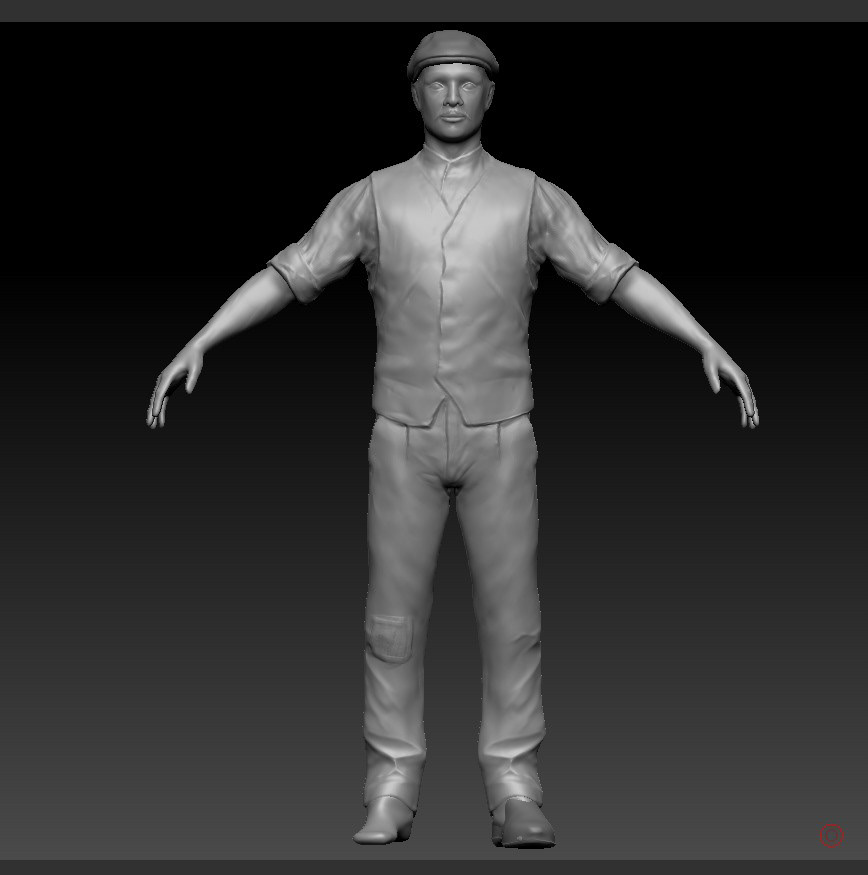
3D scanned model of Worker

Worker sketch
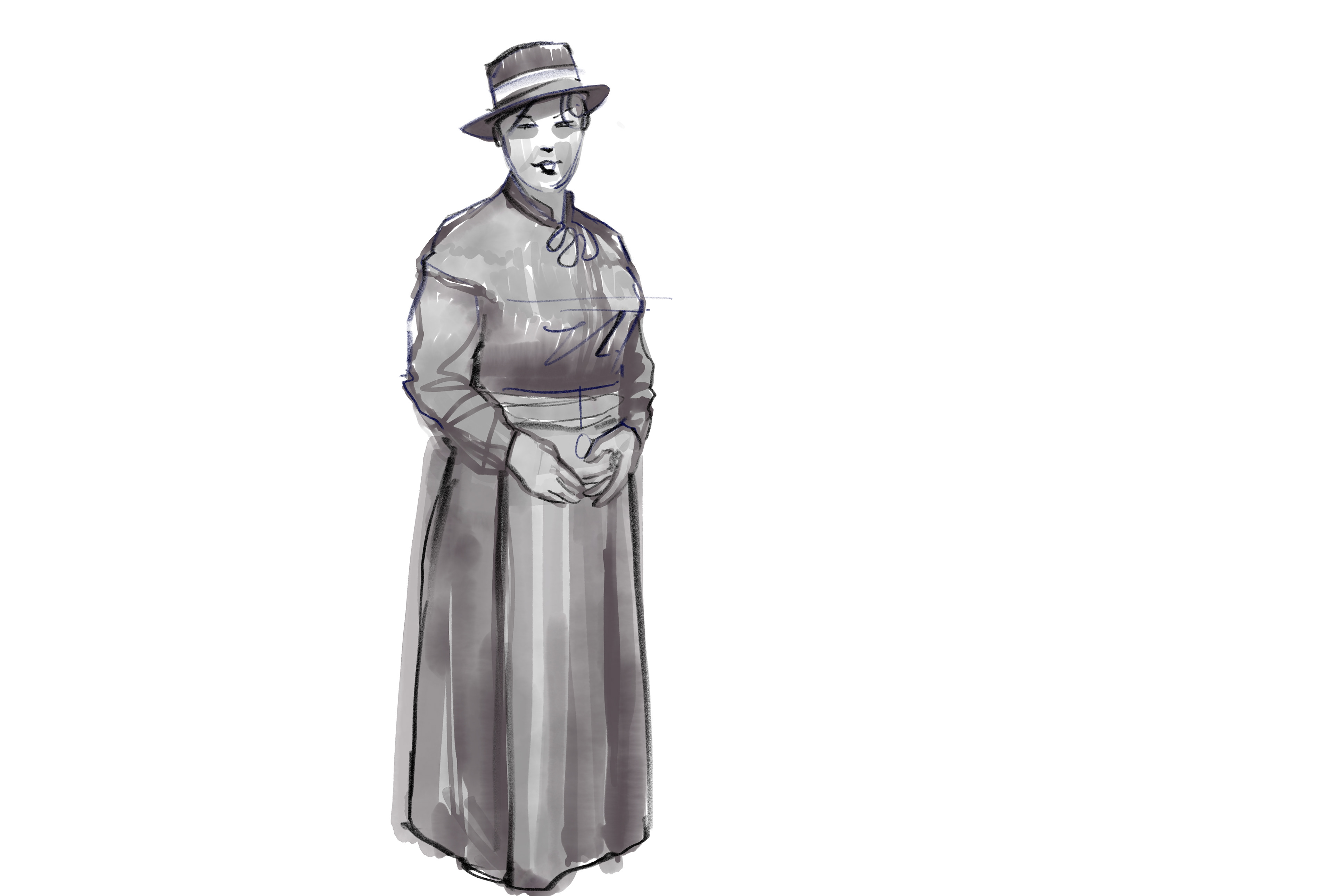
Guide sketch

Soldier sketch

Teacher sketch
Character Development
Each of the guides within the experience are expertly crafted culminations of local personalities, relating stories of life in IOCO during the 1930s. Each figure used in the experience is a 3D motion capture of actual performances by actors hired to portray the characters with their own distinct personality.
Fashions
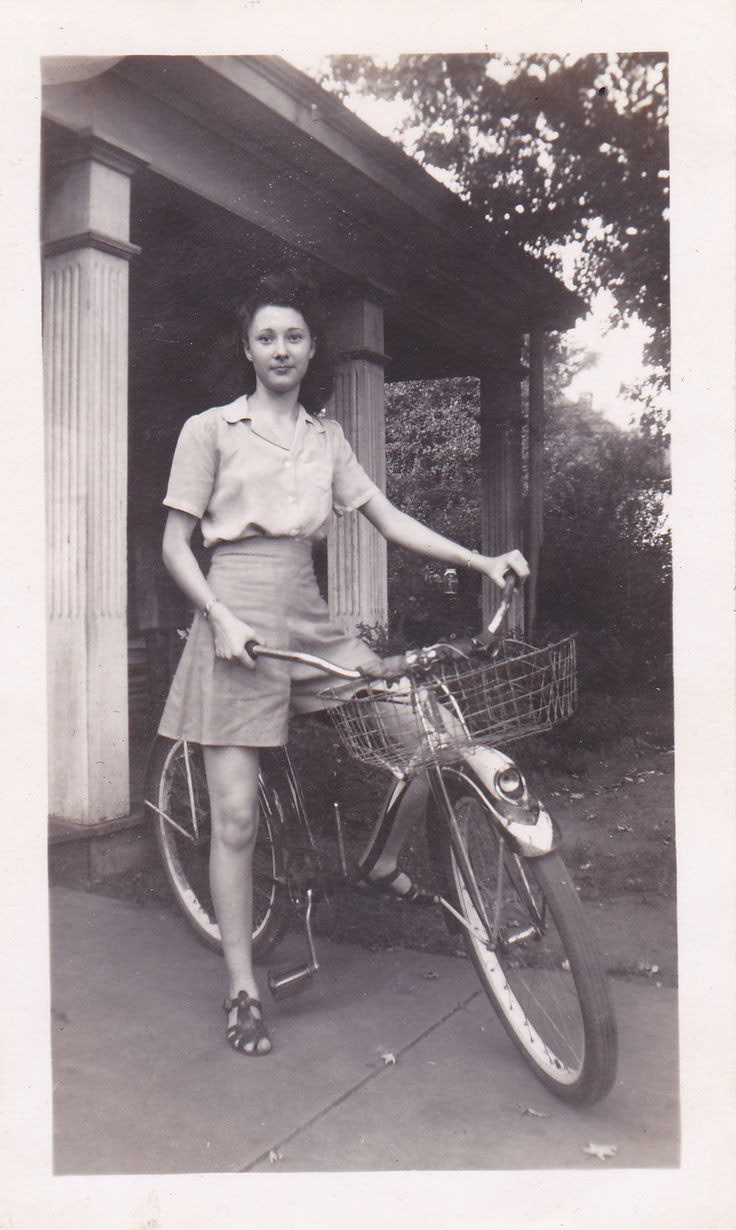




Women’s 1930s fashion is usually overshadowed by the Great Depression, but the 1930s were full of glamour and style. ‘40s fashions started out during WW2 where clothing had to economical, but not without fashion. Much of the clothing of the day was inspired by military uniforms. Hats were often worn tilted off to one side.
CONCEPT DEVELOPMENT
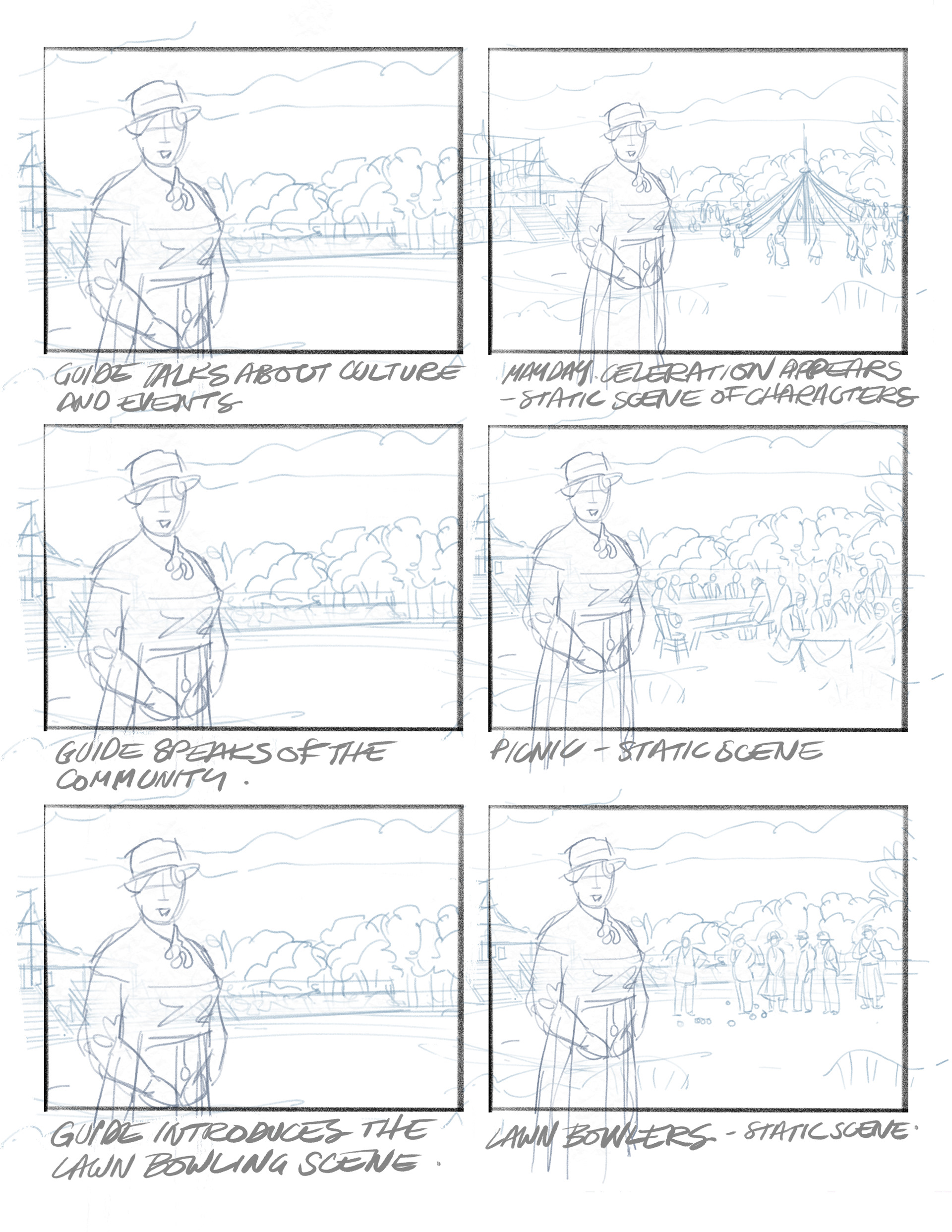

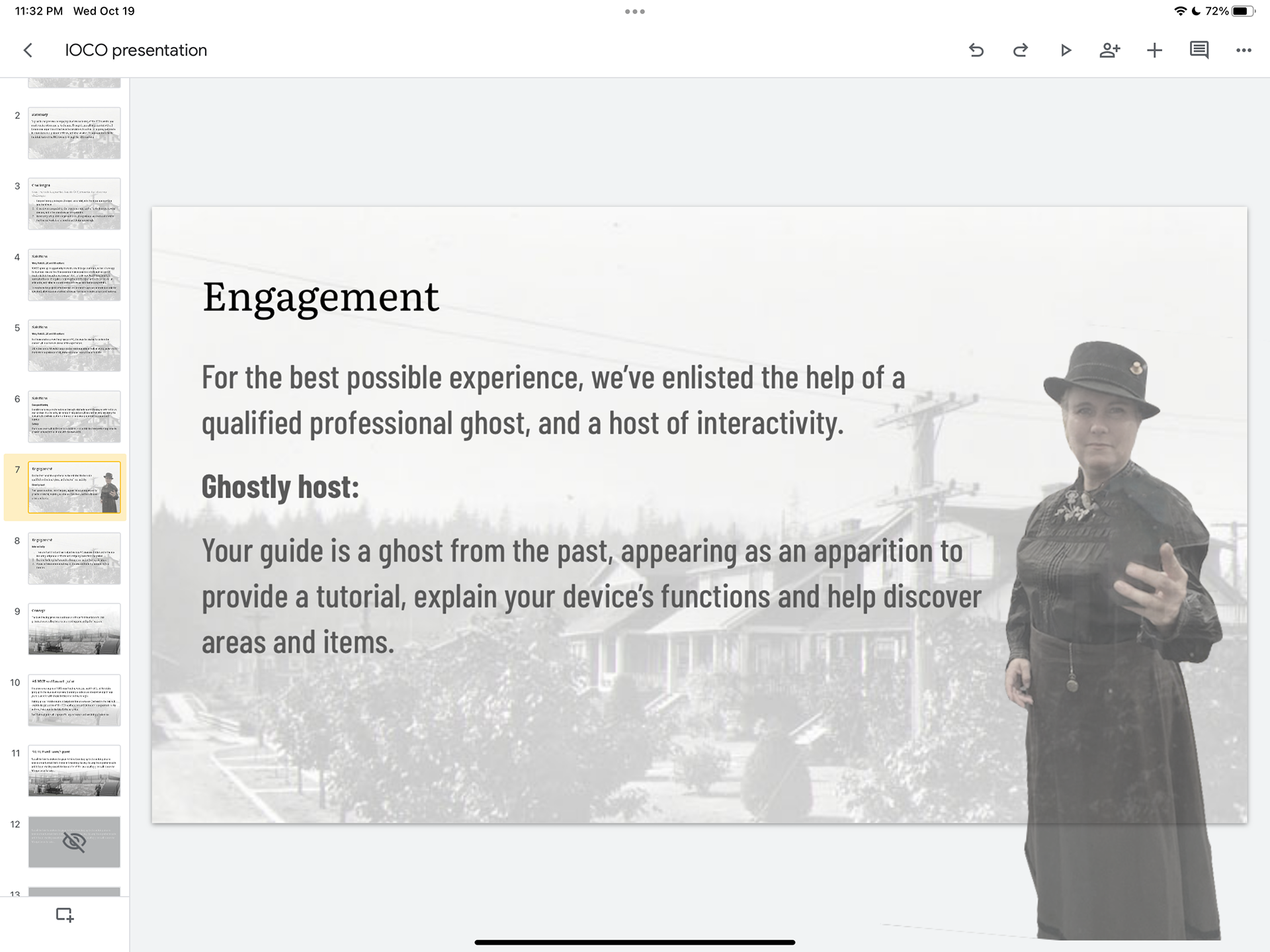



Concept art and storyboards were combined as an animatic (animated storyboard) to present rough dialogue tests and static character blocking. These were also used to assist the actors in developing their performances.



